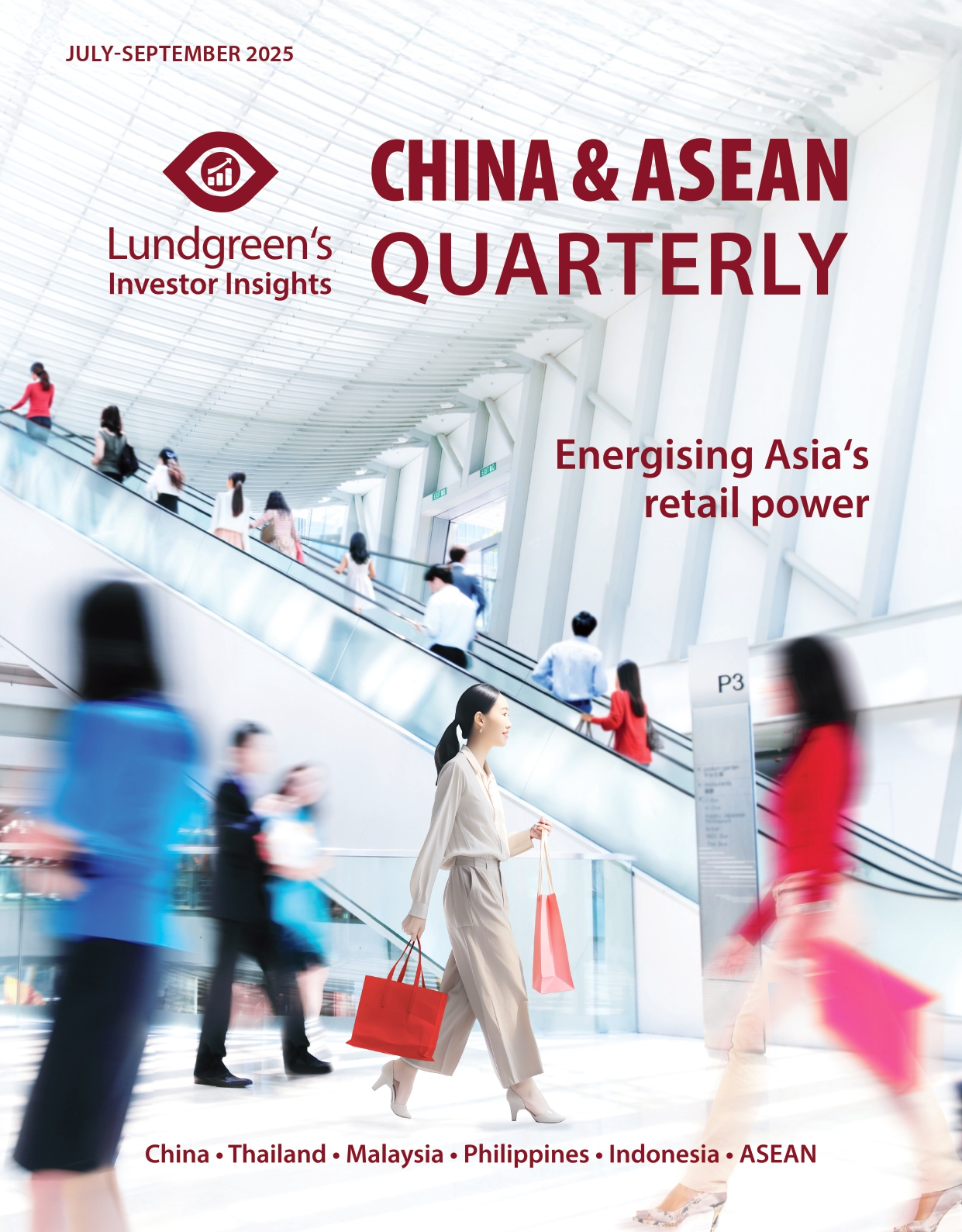Next Week in China: 27-31 October 2025
Major Data Releases:
- 27 October: China to report September industrial profits
- 27 October: Hong Kong to report September external merchandise trade statistics
- 30 October: China to report Q3 2025 business revenue of enterprises above the designated size engaged in culture and related industries
- 31 October: China to report October Purchasing Managers’ Index (PMI)
- 31 October: Hong Kong to report September retail sales data
- 31 October: Hong Kong to report advance estimate for Q3 2025 gross domestic product (GDP)
Next week will be relatively quiet in terms of major data releases as October draws to a close, with only a few key indicators scheduled from Mainland China.
For the PMI, we expect a slight moderation from September’s level. The Emerging Industries PMI (EPMI), a leading indicator of manufacturing sentiment, rose sharply in October, up 7.3 points month-on-month to 59.7. This was partly driven by the typical seasonal uptick during the autumn production cycle. Historically, the EPMI has consistently risen in October over the past decade, with an average gain of 3.6 points from September’s reading. This year’s rise marks the largest increase on record for the period. Still, the EPMI’s absolute level remains relatively subdued compared to historical averages since April. However, October’s improvement has lifted industry sentiment back above the seasonal trend. The mid-tier manufacturing climate has also shown a noticeable recovery.
That said, the official manufacturing PMI tends to decline every October on a month-on-month basis. The reading stayed flat in 2015, only edging up in 2016 and 2024. In all other years, it declined with an average drop of 0.3 points. This pattern is likely due to October 2025 having five fewer working days than September because of the combined National Day and Mid-Autumn holidays, which may pull down production schedules and, therefore, PMI readings this time.
Another noteworthy development was the recent release of end-September fiscal data from China’s Ministry of Finance. National stamp duty revenues reached RMB 314.2 billion (USD 44 billion) in the first three quarters, up 34.5 per cent year-on-year led by a more than double increase in securities transaction stamp duty collections. This reflects two dynamics: improving investor confidence towards the Mainland and a more active capital market. Robust stamp duties offset lower traditional income sources, which are under strain. Local government fund revenues fell by 1.6 per cent year-on-year in January-August, while land transfer income declined by 4.7 per cent.
China stocks rebounded strongly over the past week. As of Thursday, 23 October, the MSCI China Index surged by 3.07 per cent week-on-week. The Shanghai Composite Index rose 2.15 per cent, the Shenzhen Component Index gained 2.65 per cent, and the ChiNext Index advanced by 4.32 per cent. Large-cap stocks continued to outperform small- and mid-cap peers, while growth stocks slightly outperformed value counterparts.
Recently, A-shares have shown signs of style rotation. Since early October, dividend-oriented sectors such as coal, banking, and utilities have led market gains while technology and growth sectors – particularly media, electronics, computers, and electrical equipment – have come under pressure. Nonetheless, policy support aimed at reducing “involution,” abundant liquidity, and the continued strength of the AI technology cycle remain key structural drivers behind rallying China shares. We view the recent sectoral divergence as a short-term adjustment within a longer-term upward trajectory, rather than a reversal of the market’s improving momentum.
This piece has been co-produced with Yiyi Capital Limited in Hong Kong, a China specialist and a part of a global financial services group.







